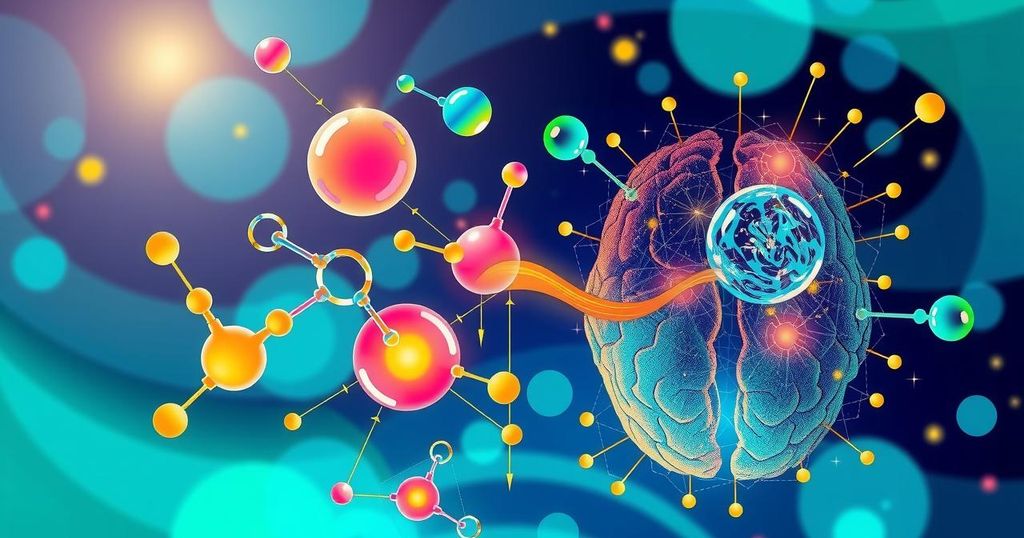New Reaction Description Language Connects Chemistry and AI
Researchers unveil ReactSeq, a new reaction description language that enhances AI’s ability to model chemical reactions. By representing molecular editing operations in detail, ReactSeq improves the accuracy of retrosynthesis predictions, enabling more reliable forecasting of reaction yields and better experimental recommendations. This advancement aims to bridge chemistry and artificial intelligence effectively.
In a notable breakthrough blending artificial intelligence with chemistry, researchers recently introduced ReactSeq, a new reaction description language. This innovative tool aims to refine how we understand chemical reactions by detailing molecular changes with unprecedented precision. While traditional methods struggle to capture atomic and bond transformations during reactions, ReactSeq provides a more nuanced depiction allowing for step-by-step chemical transformations.
The centerpiece of this study highlights how ReactSeq enhances the capabilities of large language models in predicting retrosynthesis outcomes. In performance tests, these models using ReactSeq demonstrated impressive consistency across various benchmarks, showing not just accuracy but also fostering explainable AI applications. Essentially, it appears that ReactSeq enables AI models to navigate the intricate landscape of chemical reactions with ease, significantly improving the utility of AI in designing synthetic pathways.
Moreover, ReactSeq serves a dual purpose, not merely assisting in predictions but also acting as a navigational tool through the maze of chemical reactions. This could have practical implications for experimental setups and help in forecasting reaction yields. The collaborative synergy between chemistry and artificial intelligence via ReactSeq presents a transformative opportunity for chemists to enhance their research, providing a detailed roadmap to conduct meaningful experiments.
So, what’s next? With the groundwork laid by this new language, the researchers foresee a future where AI helps bridge the gap between complex chemical databases and user-friendly applications. As artificial intelligence continues to evolve, its collaboration with chemistry through tools like ReactSeq could set new standards in molecular engineering. What’s sure is that this union of fields is on the brink of opening doors to innovative approaches in chemistry, potentially revolutionizing how we engage with chemical science.
The introduction of ReactSeq marks a significant leap in the integration of chemistry and AI, offering a structured way to describe chemical reactions in detail. This not only boosts the predictive power of AI models in retrosynthesis but also enhances the overall understanding of chemical transformations. As ReactSeq continues to evolve, it could reshape future experimental methodologies and enhance the capabilities of chemists worldwide, creating a new narrative in the story of science and technology.
Original Source: www.nature.com




Post Comment